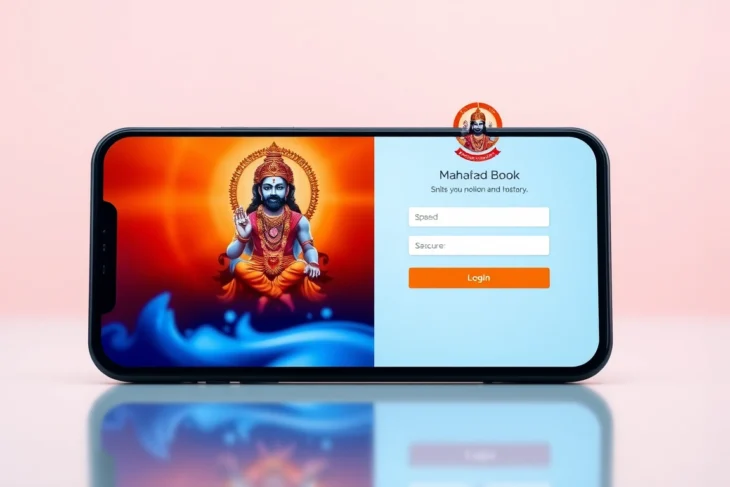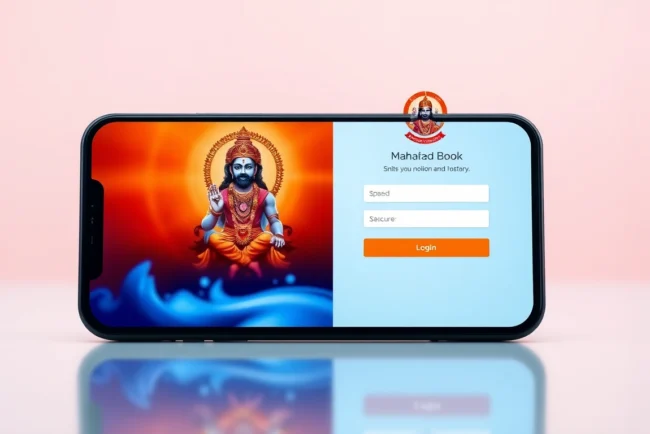
Understanding Lotus 365 User Account Security
Security remains a cornerstone of digital platforms, especially those handling sensitive user information such as login credentials and personal data. For users of Lotus 365, maintaining account security is not just about protecting personal information but also ensuring a seamless betting or gaming experience. Regular password updates and proper user ID management are essential practices to defend against hacking, unauthorized access, and potential data breaches. This section explores why regular updates and management practices are vital and how Lotus 365 integrates security features to safeguard user accounts.
Importance of Regular Password Updates
Changing passwords periodically is widely recommended by cybersecurity experts. Password updates mitigate the risk of long-term credential exposure, especially if a breach occurs without immediate detection. For Lotus 365 users, updating login credentials regularly enhances overall security and helps prevent unauthorized access from malicious actors. Moreover, it minimizes the risk posed by malware, phishing attacks, and data leaks that could compromise stored passwords.
Many users tend to reuse passwords across multiple platforms, increasing vulnerability. Regular updates, combined with unique, difficult-to-guess passwords, significantly improve security posture. Additionally, when users are prompted to change passwords after suspected suspicious activity, it provides an extra layer of protection and reassurance.
Common User ID Management Practices
User IDs are primary identifiers within the Lotus 365 platform. Effective management involves straightforward yet secure practices such as keeping your User ID confidential, avoiding sharing it with others, and updating it if compromised. Many users might overlook the significance of managing their User IDs, mistakenly believing that only passwords matter. However, changing or updating User IDs when needed—such as after a security concern or for organizational purposes—ensures account integrity and reduces confusion.
Best practices also include regularly verifying that your User ID remains consistent with your personal or business branding, and managing multiple IDs carefully if you operate more than one account. Proper management helps in tracking activities, minimizing accidental overlaps, and maintaining secure access rights.
Security Features in Lotus 365 Accounts
Lotus 365 employs a variety of security features to protect user accounts. Notable among these are encryption protocols that secure data transmission, multi-factor authentication (MFA) options, and secure login processes. MFA, in particular, adds an extra verification step, making it significantly harder for unauthorized users to access accounts even when they have the correct password.
Additionally, Lotus 365 encourages users to set strong, unique passwords, and provides prompts or guidelines for creating resilient credentials. Regular security audits and updates further fortify user accounts against emerging threats, demonstrating Lotus 365’s commitment to protecting its user community and ensuring consistent secure operations.
Step-by-Step Guide to Change Your Lotus 365 Password
Accessing Your Account Settings
To begin updating your password, first log into your Lotus 365 account. Typically, this involves navigating to the login portal on the official website or app. Once you have entered your existing User ID and current password, locate the account settings or profile option—usually accessible through a user icon or menu bar. It’s crucial to ensure you are on the official Lotus 365 site or app to avoid phishing scams.
Resetting or Updating Password Securely
Within the account settings, find the ‘Security Settings’ or ‘Change Password’ section. You may be prompted to verify your identity through email or mobile verification, especially if you’re changing sensitive information. Enter your current password for authentication, then create a new, strong password following best practices: use a mix of uppercase and lowercase letters, numbers, symbols, and avoid common words or patterns.
Once submitted, Lotus 365 will process the change. Ensure you receive confirmation that your password has been successfully updated. Do not reuse old passwords or straightforward sequences that are easy to guess, as this could undermine your account’s security.
Verifying Your New Password
After successfully changing your password, log out and then re-enter your login credentials using the new password. Testing your new access ensures that the change was effective. If you encounter any issues, such as login errors, verify that you’ve entered the password correctly or consider resetting again. Consistently updating and verifying passwords helps maintain a secure account environment.
How to Change or Recover Your Lotus 365 User ID
Locating Your User ID in Account Settings
Your User ID is often displayed in your account profile or login details section within Lotus 365. To locate it, log into your account, navigate to the profile or personal information tab, and review your account details. If you are unsure or have multiple IDs, check your email receipts or registration confirmation emails, which typically include your User ID for reference.
Steps to Update User ID Safely
Changing your User ID follows a process similar to updating passwords. Access your account settings and find the option to edit or change your User ID. You may need to verify your identity through security questions or email confirmation. Choose a new User ID that is unique, easy for you to remember, but difficult for others to guess. Once confirmed, save the changes and log out then back in with your new User ID to verify the update.
Tips for Managing Multiple User IDs
If managing multiple accounts, use a password manager to keep track of each User ID and corresponding credentials securely. Organize your IDs logically—perhaps by purpose or department—to avoid confusion. Regularly review your account access and update any outdated or compromised User IDs promptly to retain control and security over your digital presence on Lotus 365.
Best Practices for Maintaining Account Security
Enabling Two-Factor Authentication
Two-factor authentication (2FA) is one of the most robust security measures. Enabling 2FA on Lotus 365 requires linking your account to an authentication app or phone number, adding an extra verification step during login. This extra layer significantly reduces the risk of unauthorized access, even if your password is compromised.
Creating Strong, Unique Passwords
Use password generators or password managers to craft complex, unpredictable passwords that are unique to each platform. Avoid using easily guessable information such as birthdays, common words, or sequence patterns. Regularly updating passwords—especially following security breaches—is crucial to stay ahead of potential threats.
Recognizing and Avoiding Phishing Attempts
Be vigilant of phishing scams that mimic legitimate Lotus 365 communication to steal credentials. Always verify emails, links, and website URLs before entering login details. Refrain from sharing passwords or User IDs with anyone, and educate yourself on typical scam patterns to avoid falling victim to impersonation or fraudulent requests.
Troubleshooting Common Issues with Lotus 365 Login and Security
Resetting Forgotten Passwords
If you forget your Lotus 365 password, utilize the ‘Forgot Password’ link on the login page. You’ll be prompted to verify your identity via email or mobile phone, and then create a new password. Ensure your recovery contact information is up-to-date to facilitate quick and secure password resets.
Recovering Lost User IDs
In case your User ID is lost or forgotten, check your registration confirmation email or contact Lotus 365 support. Having access to your registered email or phone makes ID recovery straightforward. Providing proper identification or verification details may be required to retrieve or reset your User ID.
Contacting Support for Account Assistance
If issues persist beyond self-service options, contact Lotus 365’s customer support through official channels. Prepare relevant account details, verification documents, and a clear description of your problem to expedite assistance and ensure your account’s security remains uncompromised during troubleshooting.



















